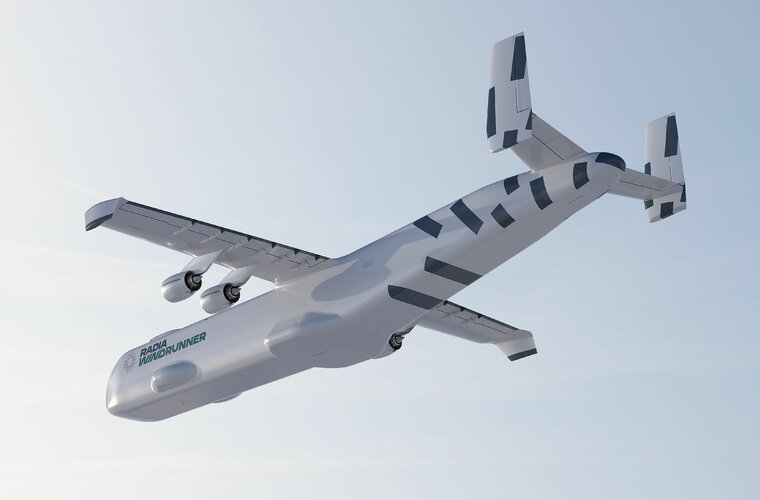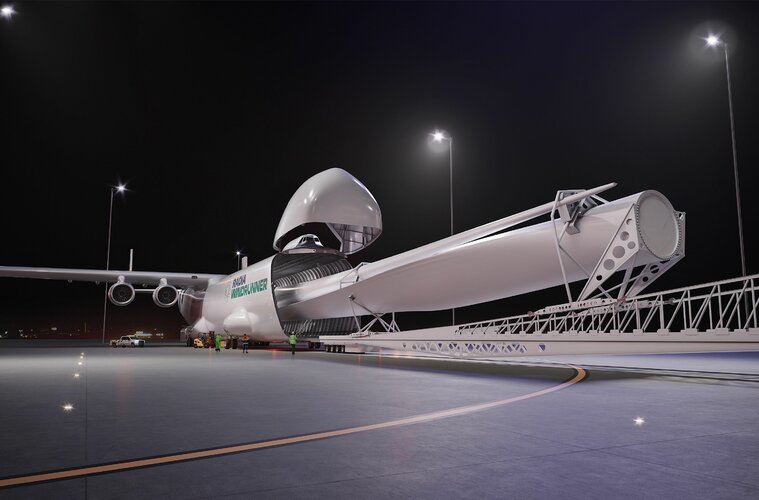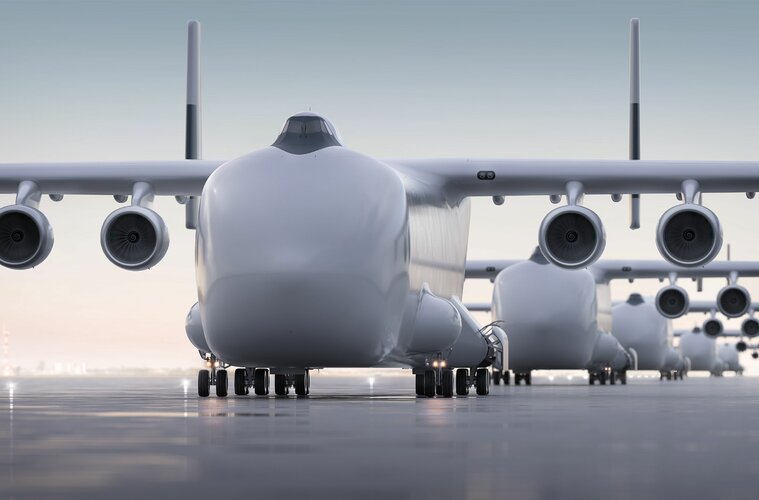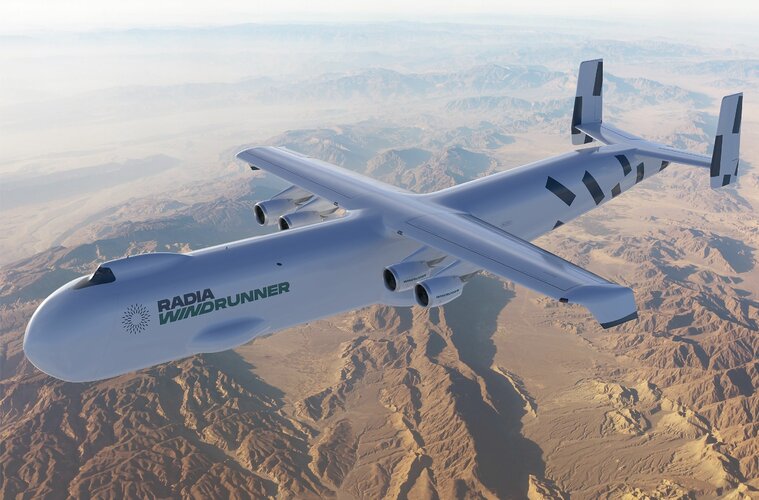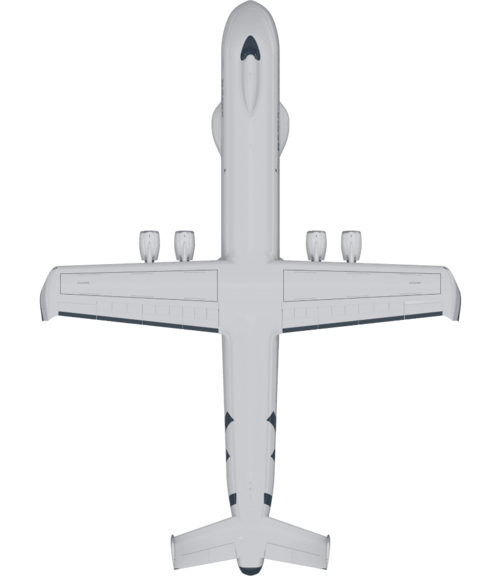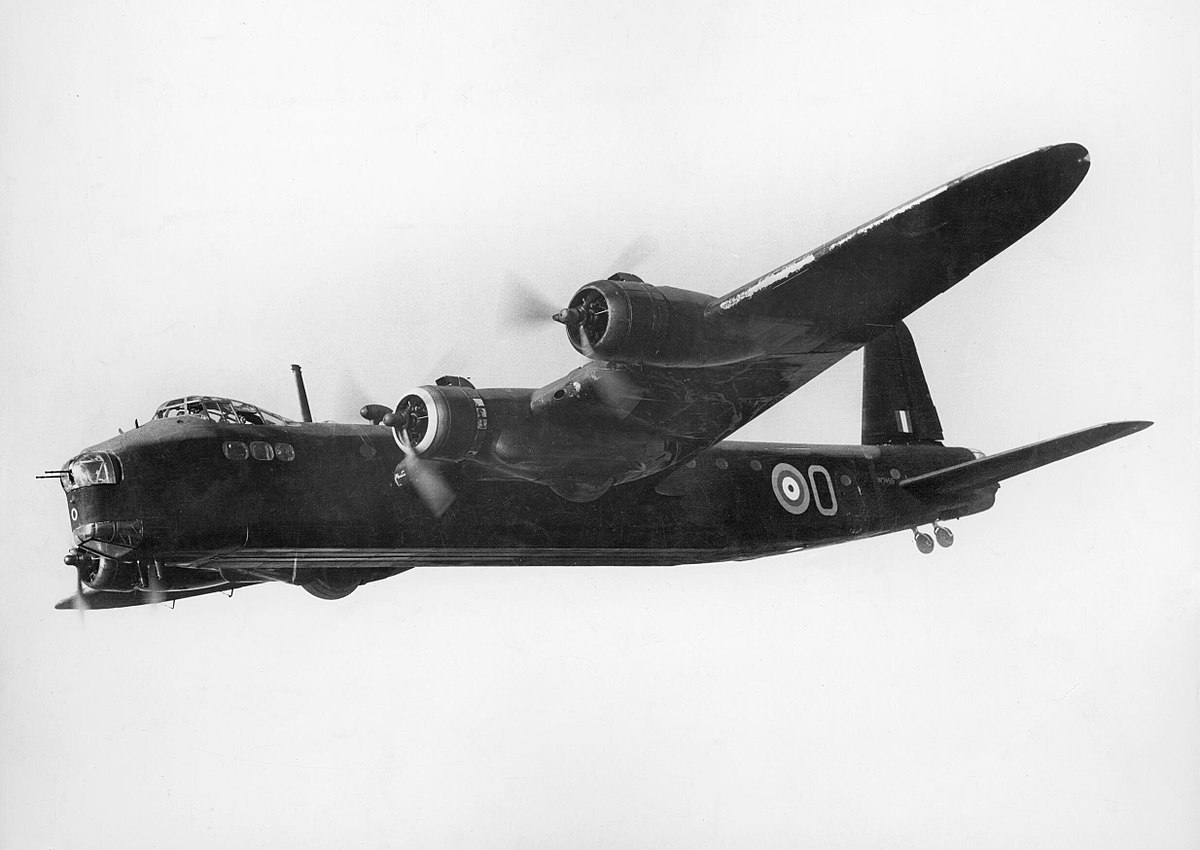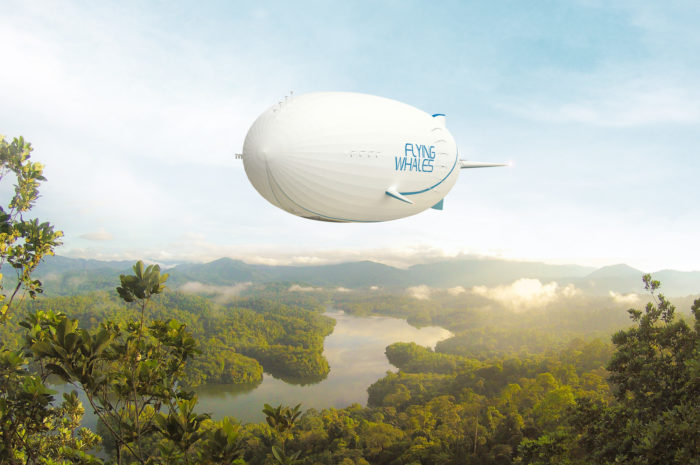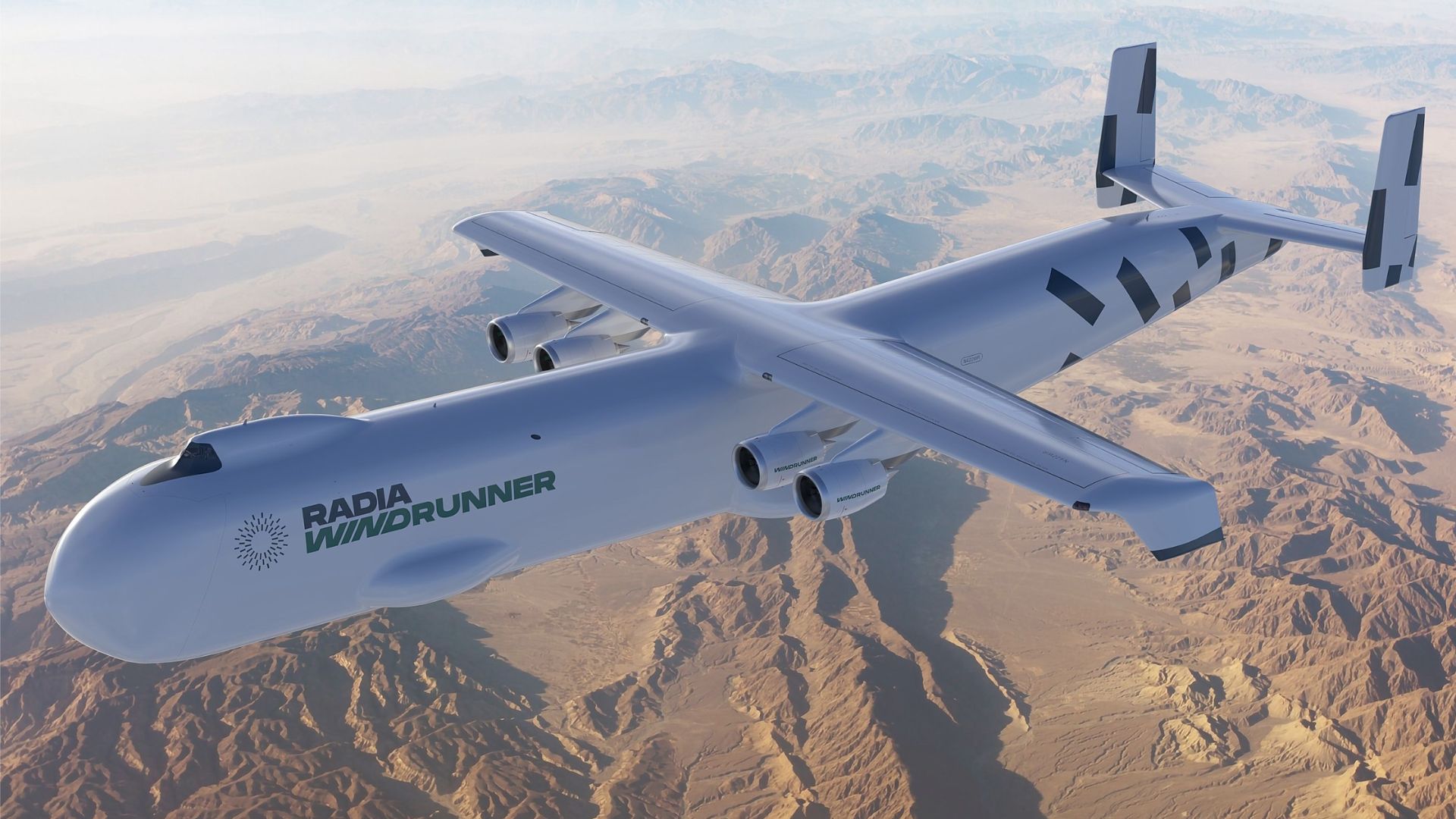
Radia's WindRunner takes title of world's largest plane - Interesting Engineering
WindRunner's mission is to transport the gigantic blades of onshore wind turbines that reach lengths up to 300 feet and weigh 35 tons.
Radias Windrunner, designed to carry windmill blades

